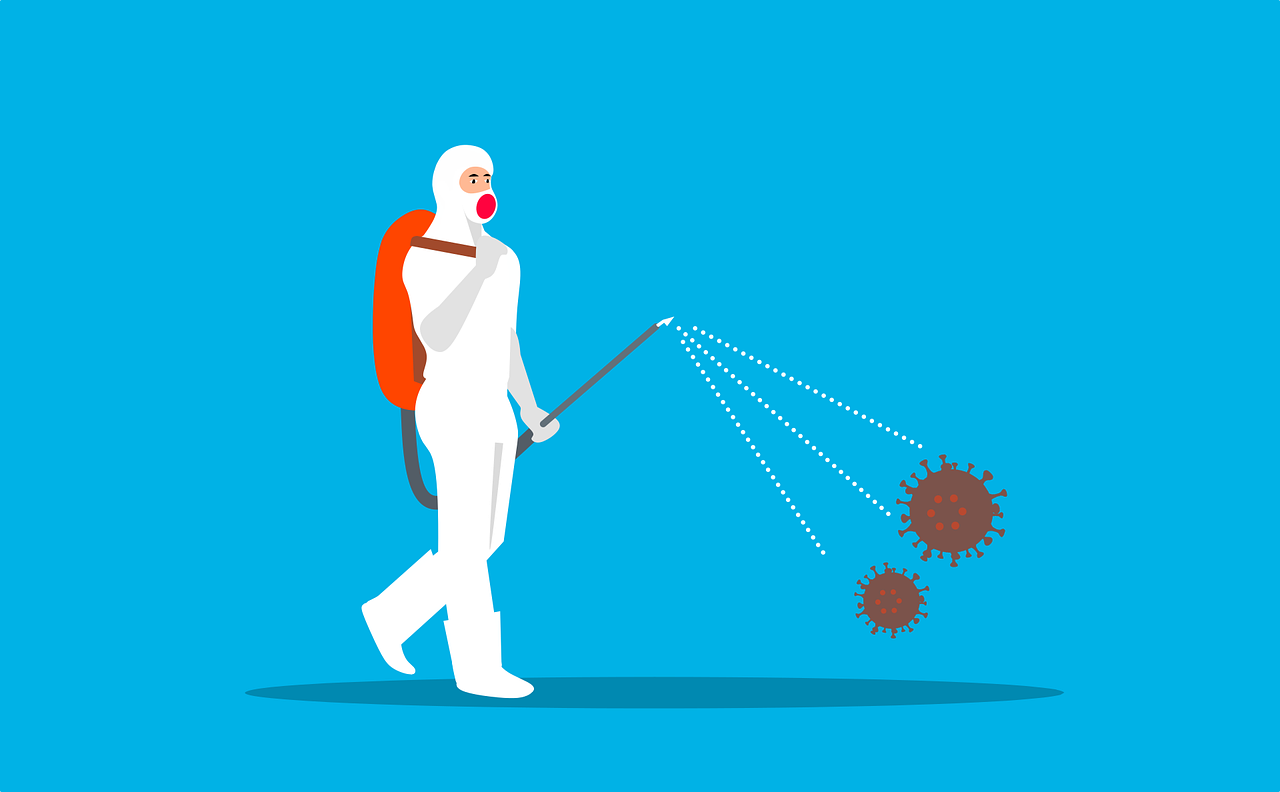Shocking Effects Of Mould Exposure On Your Health
Highlighting the potential health issues associated with mould growth, as well as the best course of action to resolve them, the knowledgeable mould removal team at Airfresh have detailed what it is you need to be aware of when mould is present in your property. Operating throughout London, UK and the surrounding areas, they put their expertise to work in removing all traces of mould from an affected property.
Read on to learn more about the health implications of mould within your home.
What is mould?
Although mould does receive a bad reputation when found within the home, it serves an important role outside as nature’s clean-up crew, breaking down waste materials and returning nutrients to the earth.
The mould found within the home is commonly known as black mould, which has been extensively studied by scientists and is believed to lead to significant health implications, especially in those with pre-existing respiratory conditions.
The health risks of mould:
Left untreated and under the right conditions, mould can quickly spread throughout the home, taking over areas of high humidity and warmth. Bathrooms are common areas for mould to spread and grow, given the heat and humidity created by frequent showers.
Black mould produces tiny particles known as mycotoxins, which when inhaled can be particularly harmful to human health. This can cause several symptoms to arise, including:
– Nausea
– Headaches
– Dizziness
– Nosebleeds
– Memory loss
In particularly severe concentrations, and especially for those suffering from pre-existing respiratory conditions or immunity disorders, exposure to mould spores can be extremely dangerous.
Other risks associated with mould:
Aside from the health hazards associated with mould in the home, mould can also be a sign of a greater humidity or insulation issue within the home. This excess humidity may be resulting from a leaking pipe or roof, which in turn causes the mould to grow and spread. It’s important that these underlying issues are addressed if mould growth is to be prevented.
Should you remove the mould yourself?
While many may attempt to remove the mould themselves, it is often the case that the mould will quickly return and re-establish itself. This is due to the fact that mould spores can remain airborne when disturbed, attaching themselves to other areas of the room, including soft furnishings like rugs or curtains.
In order to achieve a comprehensive clean, we highly recommend contacting a professional mould removal service, who will remove all traces of mould from the room, leaving you with a clean and hygienic environment to return to.
Visit our website for more information on our mould remediation services.

